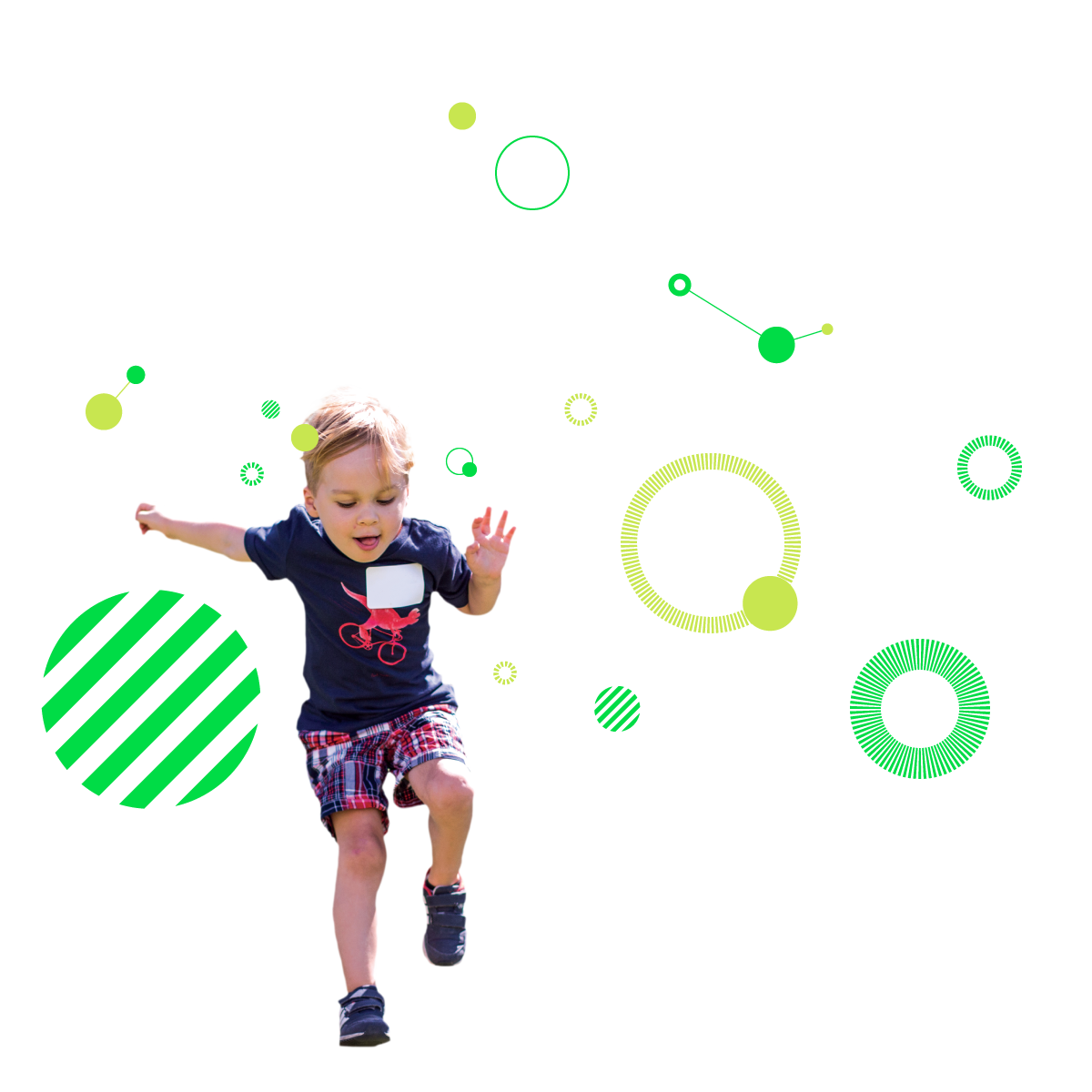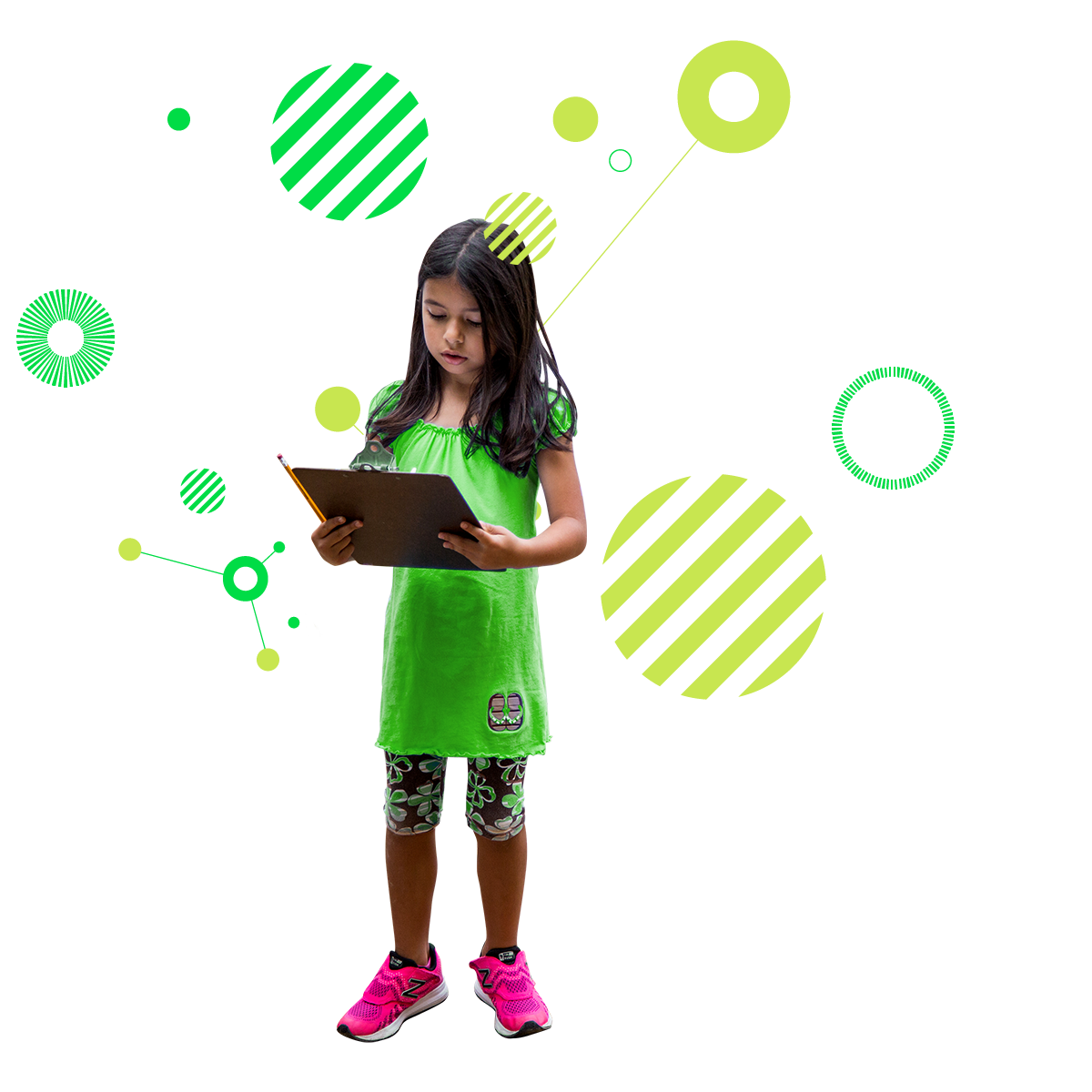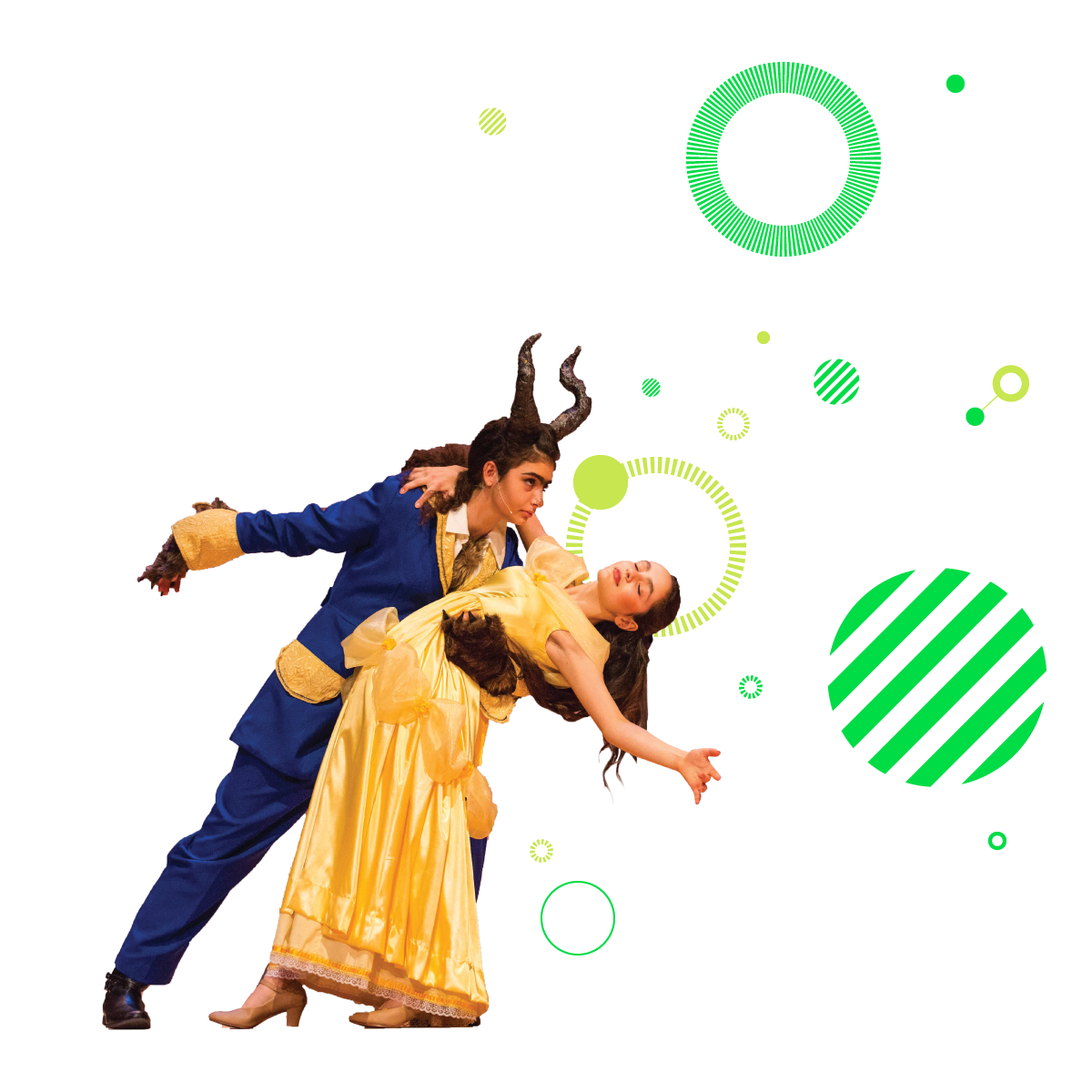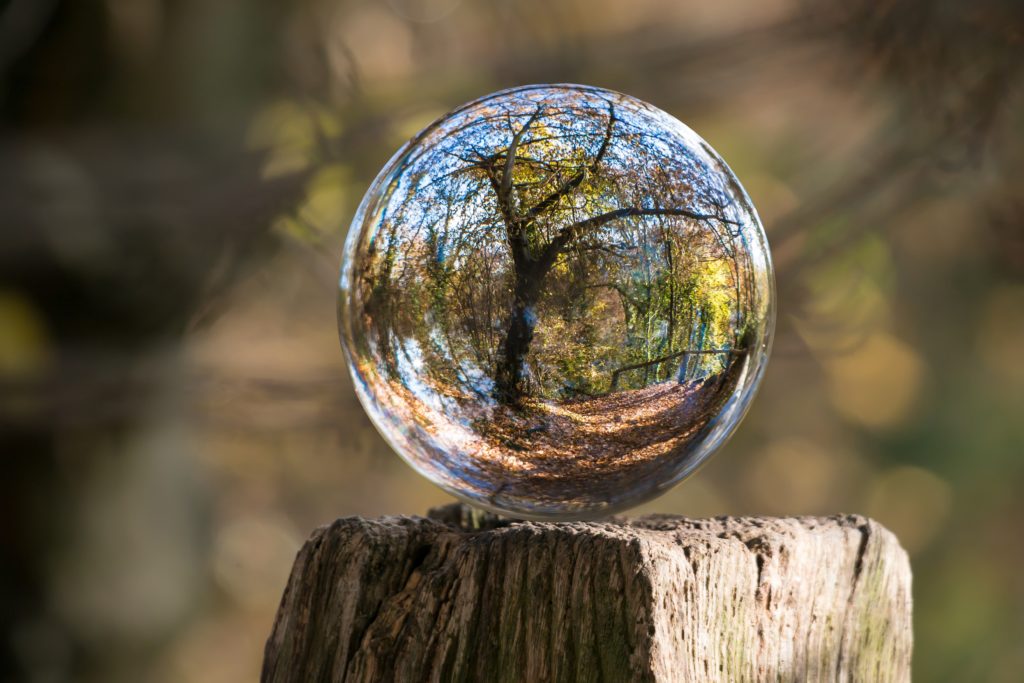 It has been a challenging week, with hate front and center in the news as we approach the midterm elections. I fear that as a country, we are becoming inured to hate-fueled violence, building emotional walls around ourselves and, at times, even purposely avoiding the news. Instead of expanding our networks and working harder, together, to understand and combat hate, we just hold “our own” tighter, and become more suspicious of people unlike us.
It has been a challenging week, with hate front and center in the news as we approach the midterm elections. I fear that as a country, we are becoming inured to hate-fueled violence, building emotional walls around ourselves and, at times, even purposely avoiding the news. Instead of expanding our networks and working harder, together, to understand and combat hate, we just hold “our own” tighter, and become more suspicious of people unlike us.
Even in our own communities we are susceptible to turning on those whom we feel do not belong rather than finding opportunities for empathy and compassion. Bonding through the dislike of a common enemy makes us less secure than connecting with others by finding shared interests or values.
As human beings, we are comforted by the familiar, so it is not unusual that we turn inward or silent when we see hate, especially when it seeps out of the cracks and crevices and becomes almost part of the daily vernacular. But we absolutely must remember that the wonderful diversity in our ecosystem and among people throughout the world is what is responsible for the innovations and evolutionary successes that make our world rich and awe-inspiring.
The synagogue at the center of the recent shootings is named The Tree of Life. The tree of life is an almost universal symbol, seen as a common ancestor of all beings, a connection among all things, with the roots plunging deep in the ground and the branches stretching upward, bridging earth with sky, connected to other beings, to the beauty we all bring in our uniqueness. In short, it represents the interconnectedness of all living things.
So what can we do? There are those resources that help us talk to our children in the wake of serious events in the news, such as this blog post I wrote on how to help frame conversations on gender and power. But we need to move forward as well. We need a multifaceted approach.
UC Berkeley’s Greater Good Science Center recommends “Eight Ways to Stand Up to Hate,” ranging from educating one’s self to making connections with people different from you. How can we educate ourselves about ways to make a positive difference in the world for the greater good?
It means first getting outside ourselves to incorporate the greater good as a value, a compass point. We have to break down our own walls, reflect upon our beliefs and question their centrality or universality, empathize with other points of view, and educate ourselves about our country’s and city’s histories, and plan for a better future. We have to commit to sharing our hearts, resources, and ideas, and to listen as attentively as we speak.
I tend to look to books and films for sustenance, guidance, and wisdom. Here are a few resources I hope will help us learn about each other, be vulnerable with ourselves, and get outside our own fears, in order to expand our horizons and ideas about the world.
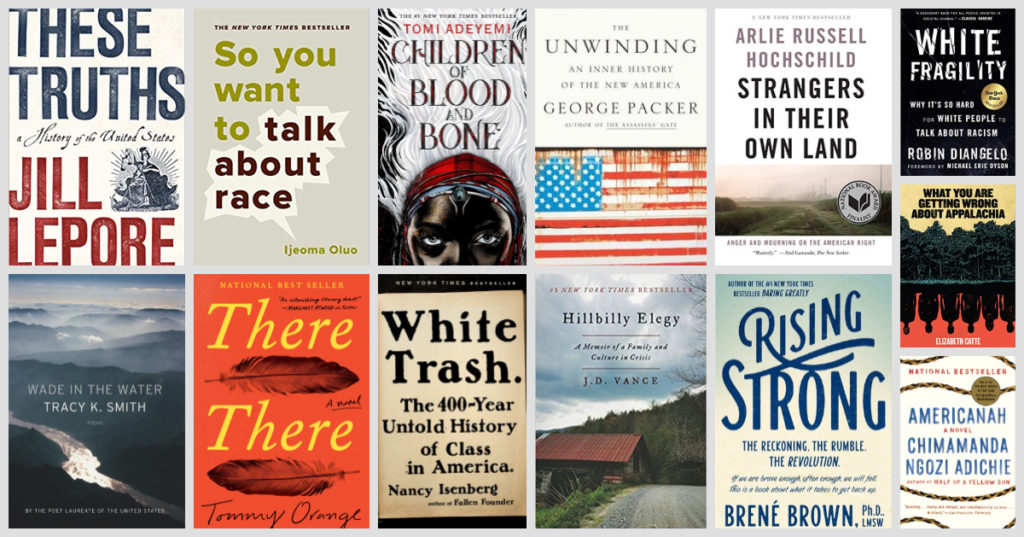 Coming across Wade in the Water, the new collection of poetry by Poet Laureate of the United States, Tracey K. Smith, felt serendipitous. Smith says, “The poetry I write…is as informed by belief in a vast and mysterious and yet orderly and purposeful universe as by a deep curiosity about the voices, faces and lives of strangers….Poetry can save me from disappearing into the narrow version of myself I may be tempted to resort to when I feel lazy or defeated…. Poetry can restore me to the large original self I haven’t yet learned to fully recognize.” Smith’s poems question our national identity, resurrect voices that have been relegated to the margins, and insist on love and compassion for those who are strangers to us.
Coming across Wade in the Water, the new collection of poetry by Poet Laureate of the United States, Tracey K. Smith, felt serendipitous. Smith says, “The poetry I write…is as informed by belief in a vast and mysterious and yet orderly and purposeful universe as by a deep curiosity about the voices, faces and lives of strangers….Poetry can save me from disappearing into the narrow version of myself I may be tempted to resort to when I feel lazy or defeated…. Poetry can restore me to the large original self I haven’t yet learned to fully recognize.” Smith’s poems question our national identity, resurrect voices that have been relegated to the margins, and insist on love and compassion for those who are strangers to us.
I think we all want to recognize our fuller selves but can feel apprehensive about what we might discover about ourselves, and what we may need to do once we have acknowledged new truths. Brené Brown’s research on vulnerability, curiosity, and connection provides a compelling way to think about leadership, and about how to combat the shame that keeps us from believing that we can truly belong. Brown encourages us to “dare greatly,” a seemingly simple manifesto that requires great courage. Her books include: The Gifts of Imperfection, Daring Greatly, Rising Strong, Braving the Wilderness, and Dare to Lead.
Courage is needed to look at complex, institutional systems of oppression. They exist, and social justice can only exist when these systems are dismantled. Let’s take racism: While all people have racial biases, racism refers to the collective impact of that bias when it is backed by the weight of history, legal authority, and institutional control. Racism is a system of racial oppression as opposed to individual acts. Similar dynamics exist for sexism, homophobia, classism, and other systems of subjugation based on difference.
If we want to help our children find paths toward social justice, I recommend reading Robin DiAngelo’s White Fragility, which discusses the ways in which white people might react defensively when confronted with racism, and how these behaviors serve to shut down cross-racial dialogue. DiAngelo provides strategies to engage in more productive conversations. Ijeoma Oluo’s So You Want to Talk About Race also employs strategies for talking about the issues raised in her incisive book. Oluo notes: “Words are always at the heart of all our problems, and the beginning of all our solutions.”
Attempting to understand people living in an America that is much different from Los Angeles, or California, or the West Coast, over the past year I read J.D. Vance’s Hillbilly Elegy, about Appalachia, George Packer’s The Unwinding: An Inner History of the New America, and Nancy Isenberg’s White Trash: The 400 Year Untold History of Class in America, and I recommend them all. On my current list are: Arlie Hochchild’s Strangers in Their Own Land: Anger and Mourning on the American Right and Elizabeth Cate’s What You are Getting Wrong about Appalachia. And if you want to start at the beginning of our country’s history, Jill Lepore’s These Truths: A History of the United States is a daunting tome but well worth the time.
Finally, fiction: the excellent Americanah, by Chimamanda Ngozi Adichie; There There, the debut novel by Cheyenne and Arapaho author Tommy Orange, and Tomi Adeyemi’s Children of Blood and Bone.
Just as the tree of life was instrumental in so many ancient civilizations, including Celts, Christianity, Islam, Judaism, Hinduism, Buddhism, Egypt, and Mesoamerica, I hope we can find common language and action to ensure a stronger, more balanced future for our children. My challenge to us all this week is to think about the ways we can think broadly—outside of ourselves, our families, our communities, and our like-minded friends—to pattern our own lives in the image of the tree: far-reaching, connecting, plunging deep and then reaching high, as a means to understand, care for, and elevate the greater good.
If you have read any books or articles recently that have inspired you to think more deeply and broadly about our country, our world, or our responsibility to each other as human beings, I would love to hear your recommendations. Please email me if you have resources to share.
Warmly,
Laura
Dr. Laura Konigsberg
Head of School
lkonigsberg@turningpointschool.org
